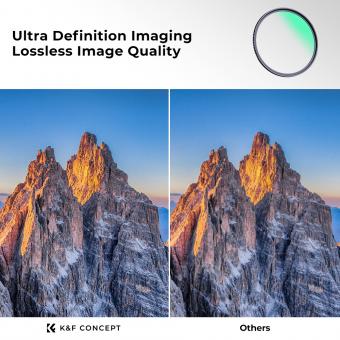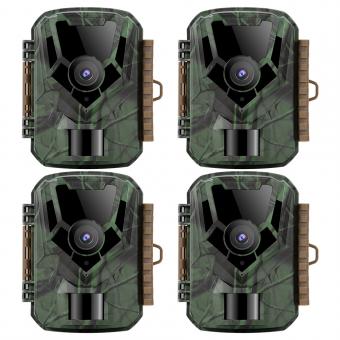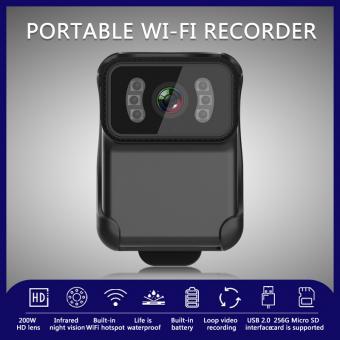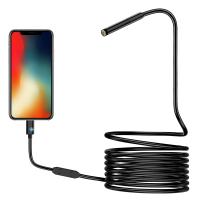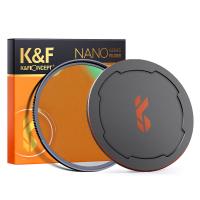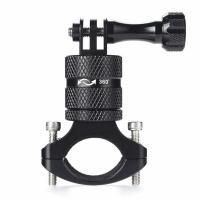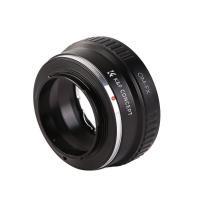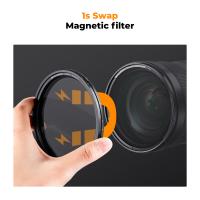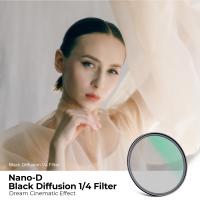What Does 1080p Mean For Camcorders ?
1080p refers to the resolution of the video captured by a camcorder. Specifically, it means that the video has a resolution of 1920x1080 pixels and is displayed in a progressive scan format. This is considered high definition (HD) video and provides a clear and detailed image. Camcorders with 1080p resolution are commonly used for recording events, such as weddings or sports games, as well as for creating professional video content. The term "p" stands for progressive scan, which means that each frame of the video is displayed in its entirety, rather than being split into two interlaced fields. This results in a smoother and more natural-looking video. Overall, 1080p is a popular and widely-used resolution for camcorders and other video recording devices.
1、 Resolution

1080p is a term used to describe the resolution of a camcorder's video output. Specifically, it refers to a video resolution of 1920 x 1080 pixels, which is considered to be high definition (HD). This means that the camcorder is capable of capturing video with a high level of detail and clarity, making it ideal for recording events, capturing memories, and creating professional-quality content.
In recent years, the importance of high-resolution video has only increased, as more and more people turn to online platforms like YouTube and social media to share their content. With 1080p resolution, camcorders are able to produce videos that look great on a variety of devices, from smartphones to large-screen TVs.
However, it's worth noting that 1080p is no longer the highest resolution available for camcorders. Many newer models now offer 4K resolution, which is four times the resolution of 1080p. This means that videos shot in 4K have even more detail and clarity, making them ideal for professional use.
Overall, 1080p remains an important benchmark for camcorder resolution, but it's important to consider the specific needs of your project when choosing a camcorder. If you're looking to create high-quality content for online platforms, a 1080p camcorder may be sufficient. However, if you're looking to create professional-grade videos, a 4K camcorder may be a better choice.
2、 Pixel density
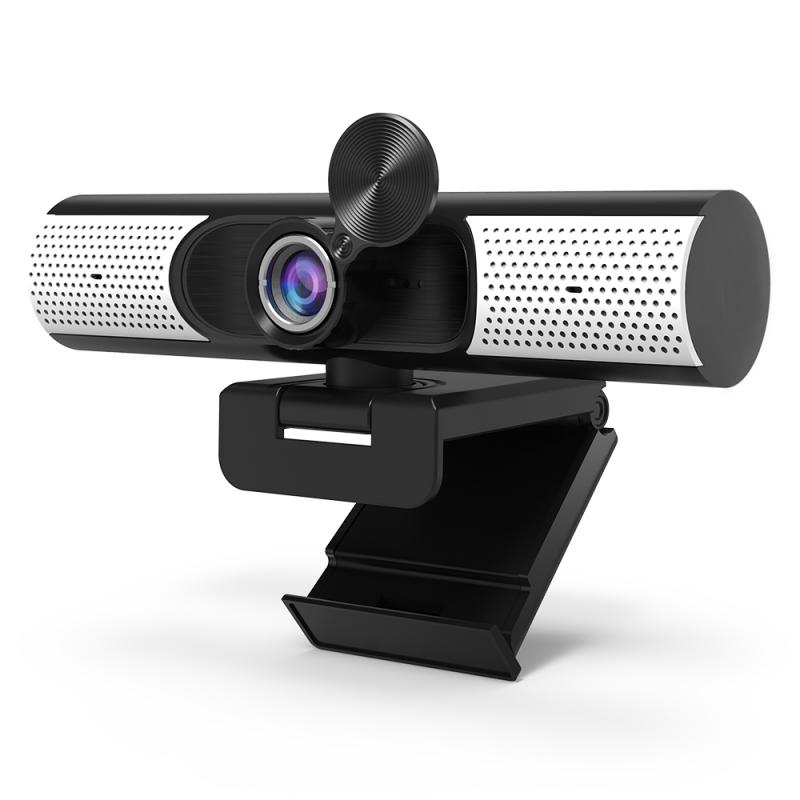
1080p refers to the resolution of a video captured by a camcorder. Specifically, it means that the video has a resolution of 1920x1080 pixels, which is considered high definition (HD). This resolution provides a clear and detailed image, making it ideal for capturing important moments and memories.
Pixel density is an important aspect of 1080p resolution. It refers to the number of pixels per inch (PPI) in the video. The higher the pixel density, the sharper and more detailed the image will be. This is particularly important for camcorders, as they are often used to capture fast-moving action or distant subjects. A high pixel density ensures that the video remains clear and detailed, even when zoomed in or played back on a large screen.
In recent years, there has been a shift towards even higher resolutions, such as 4K and even 8K. While these resolutions offer even greater detail and clarity, they also require more storage space and processing power. For most consumers, 1080p remains a popular and practical choice for camcorders.
Overall, 1080p resolution provides a high-quality video that is ideal for capturing important moments and memories. With a high pixel density, it ensures that the video remains clear and detailed, even when zoomed in or played back on a large screen. While higher resolutions are available, 1080p remains a popular and practical choice for most consumers.
3、 Aspect ratio

1080p refers to the resolution of a video captured by a camcorder. Specifically, it means that the video has a resolution of 1920x1080 pixels, which is considered high definition (HD). This resolution is commonly used in modern camcorders and provides a clear and detailed image.
In addition to resolution, aspect ratio is also an important factor to consider when it comes to video quality. Aspect ratio refers to the proportional relationship between the width and height of the video frame. The most common aspect ratio for camcorders is 16:9, which is the same as widescreen TVs.
Having a high resolution and appropriate aspect ratio is important for capturing high-quality video footage. This is especially important for professional videographers who need to produce high-quality content for clients. However, for casual users, a lower resolution and aspect ratio may be sufficient for their needs.
It's worth noting that as technology continues to advance, higher resolutions and aspect ratios may become more common in camcorders. For example, some newer models may offer 4K resolution, which is four times the resolution of 1080p. As such, it's important to stay up-to-date with the latest trends and advancements in camcorder technology to ensure that you're getting the best possible video quality.
4、 Frame rate

1080p refers to the resolution of a video, specifically 1920x1080 pixels. This means that a camcorder with 1080p resolution is capable of capturing high-definition video with a high level of detail and clarity. However, 1080p is just one aspect of video quality, and other factors such as frame rate also play a significant role in determining the overall quality of a video.
Frame rate refers to the number of frames per second that a camcorder captures. The higher the frame rate, the smoother and more fluid the video will appear. Most camcorders offer a range of frame rates, with 24fps being the standard for cinematic video and 30fps or 60fps being common for other types of video.
In recent years, there has been a trend towards higher frame rates, with some camcorders now offering 120fps or even 240fps. This allows for even smoother and more detailed slow-motion footage, which can be particularly useful for sports or action videos.
Overall, while 1080p resolution is important for capturing high-quality video, frame rate is also a crucial factor to consider when choosing a camcorder. The latest camcorders offer a range of advanced features and technologies that can help to enhance video quality even further, such as image stabilization, autofocus, and advanced color grading options.




